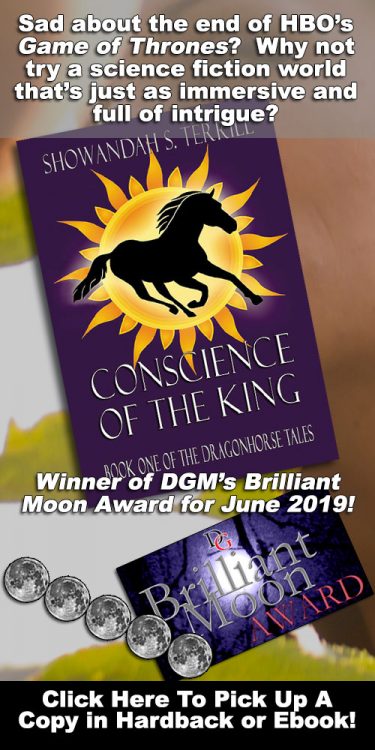 Director: Robert Wiene
Director: Robert Wiene
Production Company: Decla-Bioscop AG
Genre: Horror/Experimental
One Sentence Synopsis: A creepy doctor uses hypnosis to kidnap the unwary and to perpetrate murder.
Series: Standalone
Release Date: February 26, 1920
Running Time: 71 minutes
Website: Click Here
Trailer: Click Here
Rent: Click Here
Purchase DVD: Click Here
Reviewed by: Dove
Final Score: 4 Moons (out of 5)
I have been meaning to review this particular film for ages now, and I suppose there are few better places than here to do just that. The Cabinet of Dr Caligari is one of the most well-known films from the silent era, and not only that, is one of the most famous and influential horror films ever made.
Story
The film begins with a young man named Francis, who is talking with an old man. After his waifish fiancé Jane wanders past them in a trance-like state, Francis begins to tell the story of the mysterious Dr Caligari, whom he and Jane both encountered in the town of Holstenwall. (As an interesting aside, according to Wikipedia, this was one of the first times a “frame narrative†was used in cinema. [Editor’s Note: Frame narrative is a way of revealing a story within a story by introducing a main protagonist at the beginning of the film. Forest Gump would probably be one of the more well-known Frame Narratives of recent decades.-JH])
The sinister Dr Caligari has gained permission to display Cesare, his somnambulist, at the carnival, which Francis visits with his friend Alan. When they come to Caligari’s attention, the doctor awakens Cesare and has him tell the audience’s fortunes. Alan asks Cesare how long he will live and is told that he will be dead the very next day. That night, Francis parts with Alan, and tells him that they should still remain friends, no matter who Jane chooses. That turns out to be the last conversation they ever have, as, true to Cesare’s prophecy, Alan is discovered dead the very next morning. Not only that, the cause of his death was murder. And so begins the plot of this picture, the rest of which I am afraid I cannot give away, save for the fact that it contains some marvelous (not to mention innovative for its time) twists and turns.
Presentation
The presentation is definitely the high point of this film, and of course, being a silent picture, it does rely heavily on visuals. The film is famous for its German Expressionist style, which gives it a wonderfully unique look that helps set the tone of the picture perfectly. The buildings are angular and uneven, allowing long, dark shadows to be cast, thus creating a claustrophobic and eerie atmosphere. The fact that it’s shot in black and white also helps, of course, as well as its slight sepia tint. The make-up is perfect, using whiteface and darkened eyes to accentuate Cesare’s gaunt visage, and make Jane a waifish, pure ingénue with an ethereal look about her.
Gothic Fit
This is an essential film for anybody interested in the Goth subculture. It has inspired the works and fashion sense of many Goths, and has been referenced and given homage to more times than can be counted.
Closing Thoughts
This is a film that is worth watching for a great many reasons, including but not limited to its place in cinema history. It’s gorgeous to look at, and is a pretty good thriller on top of that. The only thing I didn’t like about it was its soundtrack, which took away from its unnerving and tense atmosphere, and didn’t really fit the film at all.
Story: 3 Moons (out of 5)
Presentation: 5 Moons (out of 5)
Gothic Fit: 5 Moons (out of 5)
Final Score (not an average): 4 Moons (out of 5)
![]()



